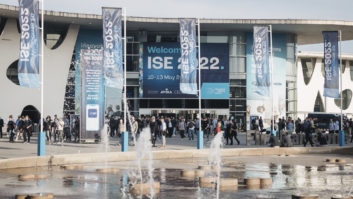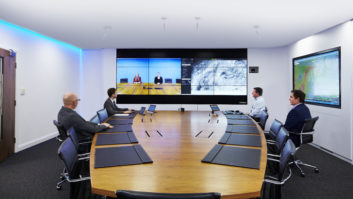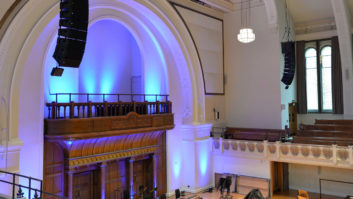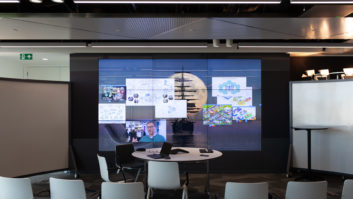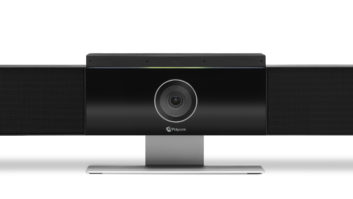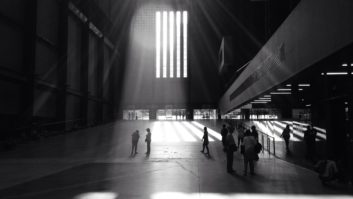
Commentary about budgets being under pressure or clients expecting more to be done for less has never been uncommon in the professional installation business. In a period of uncertainty such as the present one – in which the still-unresolved existential crisis of Brexit risks being further amplified by a more hostile international trading environment – it might be expected that these sentiments would be voiced even more frequently.
With no particular let-up in the competitiveness of the installation sector, it invariably falls to integrators to think carefully – and cleverly – about the services they offer and the type of compromises that might be made without unduly affecting the overall end-user experience. Examples of compromises include selecting less expensive brands for one or more parts of a project; scaling back a new installation to include only the most intensively used applications or areas of a premises; and – especially in the private sector – structuring the installation into phases that enable investments to be staggered.
In this article Installation hears from a quartet of leading integration firms to find out more about the current outlook for budgets; the importance of brand and product choices; and the increasing role that ‘after-care’ and maintenance services play in delivering both profitability to integrators and greater value for money to clients.
Market context
Despite the aforementioned political and economic context, the good news is that budgets don’t seem to have faced the kind of significant additional challenges that might have been anticipated. However, there are concerns about the outlook for the public sector, including in the arts community, where both government subsidies and commercial sponsorships have been under threat.
Chris Austin is technical sales manager at Autograph Sales & Installations, whose original foundation in theatrical sales and installations has long expanded to include many other types of venue and application. “Overall I would say that the market is very buoyant at the moment,” he says. “We have not seen the kind of slowdown or impact on confidence [that might be expected to result] from the political turmoil taking place.”
Roger Kirby is director of Liverpool-based sound, lighting and visual solutions company Adlib. “Right now Adlib are fortunate to have some interesting works in progress, along with [maintaining a] constant eye on the horizon for other interesting opportunities,” he says.
“Overall I would say that the market is very buoyant at the moment”
But he also remarks that creative arts funding appears to remain “limited in many quarters, with many venue technical managers and operators currently holding a wish-list as long as your arm in their back-pocket at all times just in case.”
In addition, Kirby says it’s also a concern “seeing a number of large companies struggle financially in recent years, which unfortunately has a huge knock-on effect down the supply chain with regards to cash-flow. No doubt this is at the forefront of most systems integrator’s minds at the moment.”
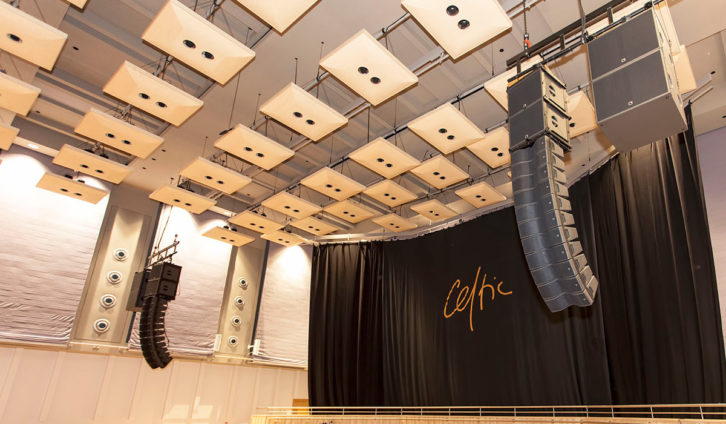
Delicate balance
Everyone who contributed to this article agreed that there can easily be a tension between a customer’s hopes for a new installation, and what can actually be achieved with their stated budget. Hence, managing expectations tends to be a priority concern during the initial stages of a project.
A disparity between funds and the desired end-user experience is “very common in some form or other on any project”, says Kirby. “Compromise is always required and venue developers – quite rightly – tend to have high expectations prior to any investment or upgrade. […] The cost of a bells and whistles solution is frequently underestimated when budgeting.”
Jason Larcombe is senior project manager at White Light, which is a complete technical solutions specialist active in markets including theatre, corporate events, broadcast, live music, themed attractions, education, retail and leisure. “There is always pressure on budgets, and it is often increasing, especially when you look at some public sector environments. People always want to achieve more for less,” he says.
Managing expectations can be especially acute in venues such as museums where “the expectations of the user in terms of engagement are increasing”. These are likely to involve the kind of interactive experiences that are “becoming more and more accessible in our daily lives”.
Graham Fry is managing director of SCC AVS, which has a particular specialism in solutions and services for collaboration and conferencing. “It really depends on the customer,” he says, “although with smaller clients it can be more of a problem in that they have expectations that are set quite high and budgets that are just not realistic.”
For instance, in a situation where a fully-integrated VC solution would provide a business with the optimum flexibility and capability, it may be that “when we start talking figures, the customer then says ‘no, no, no! We were just thinking about a webcam connected to a laptop’.”
However, in general, Fry says that “budget is not a massive issue among those who are more serious [about what they want to achieve].” And in SCC AVS’s focus area of conferencing, “the days of complicated rooms are thankfully over. Most customers feel very reassured when you say ‘let’s simplify the room down’” to its core requirements – thereby allowing the quality of the solution to be maximised within the available budget.
www.adlib.co.uk
www.autographsales.co.uk
www.avsnet.co.uk
www.whitelightltd.uk
